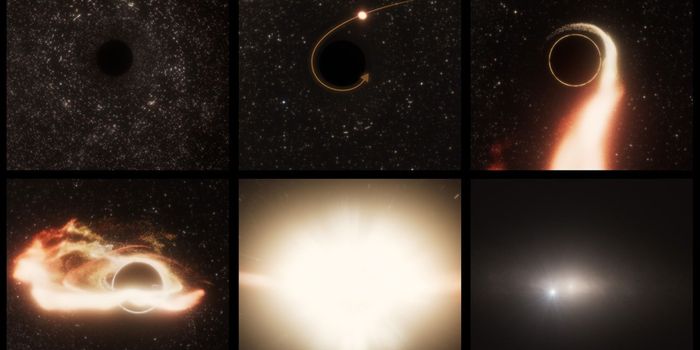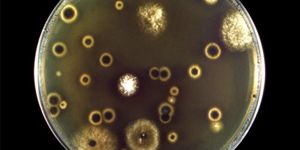Researchers Use Novel Near-Infrared Light to Track CO2 Emissions from An Airplane
In a recent study published in Applied Optics, an international team of researchers led by the University of Strathclyde in the United Kingdom have developed a method to use a novel near-infrared light imaging system to capture images of cross-sectional carbon dioxide (CO2) exhaust plumes from a commercial jet engine. This study holds the potential to designing engines and jet fuels that are more friendly to the environment and was collaborate with scientists from both the United Kingdom and Spain.
"This approach, which we call chemical species tomography, provides real-time spatially resolved information for carbon dioxide emissions from a large-scale commercial engine," said Dr. Michael Lengden from the University of Strathclyde in the United Kingdom, and a co-author on the study. "This information has not been available before at this industrial scale and is a big improvement over the current industry-standard emissions measurement, which involves taking gas from the exhaust to a gas analyzer system in a different location."
The method the researchers used works similar to X-ray-based CT scans in medicine, with the exception of their method uses near-infrared laser light that’s tuned to the absorption wavelength of a target molecule. The caveat is this method requires fast imaging speeds to capture a combustion’s dynamic processes.
The results demonstrated that, at all levels of thrust, a high CO2 concentration in the form of a ring-structure existed at the engine’s central region. A raised region was also observed in the middle of the plume, likely from the engine’s shape.
"The aviation industry is a major contributor to global carbon dioxide emissions so there is a need for turbine and fuel technologies to improve radically," said Dr. Lengden. "By providing fully validated emissions measurements, our new method could help the industry develop new technology that reduces the environmental impact of aviation."
Sources: Applied Optics
As always, keep doing science & keep looking up!









